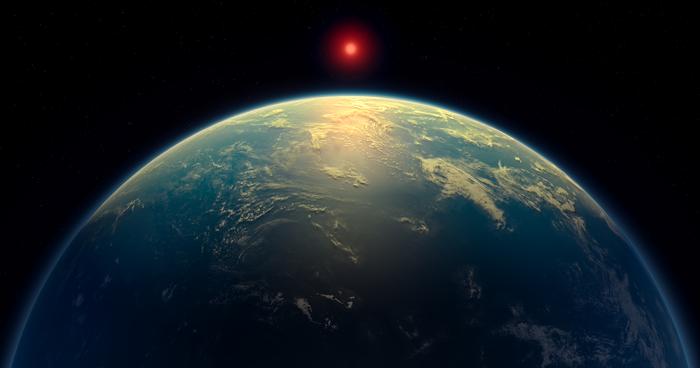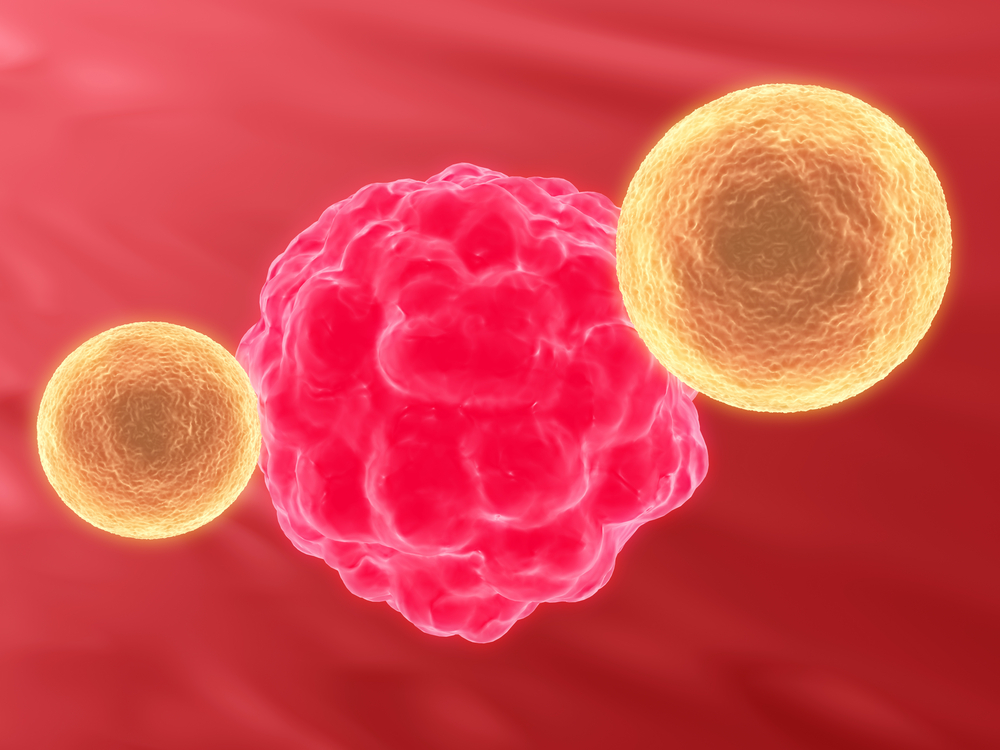Now Reading: JWST Detects Signs of Possible Life on Exoplanet K2-18b
-
01
JWST Detects Signs of Possible Life on Exoplanet K2-18b
JWST Detects Signs of Possible Life on Exoplanet K2-18b

Swift Summary
- Astronomers may have detected potential biosignatures in the atmosphere of exoplanet K2-18b using the James Webb Space Telescope (JWST).
- The chemicals detected, dimethyl sulfide (DMS) and/or dimethyl disulfide (DMDS), are typically produced on Earth by living microorganisms like marine phytoplankton.
- K2-18b lies 124 light-years away in the constellation Leo, orbiting within its star’s “habitable zone,” suitable for liquid water presence.
- Earlier observations identified methane and carbon dioxide in K2-18b’s atmosphere-a first for carbon-based molecules found on an exoplanet in a habitable zone.
- The planet is categorized as a Hycean world, characterized by an ocean-covered surface with a hydrogen-rich atmosphere.
- two independent sets of observations through different instruments and wavelength ranges confirmed signals indicating DMS/DMDs.
- Researchers remain cautious about declaring life due to uncertainty; further studies are required to rule out unknown chemical processes.
Indian Opinion Analysis
The possible revelation of biosignatures on K2-18b opens intriguing avenues for astrobiological research but underscores the need for rigorous scientific verification. For india, advancements like these could inspire deeper collaboration in international space exploration missions and elevate domestic investments into exoplanetary science. India’s growing capabilities demonstrated through ISRO’s Chandrayaan missions position it well to contribute meaningfully toward global efforts seeking extraterrestrial life.
Moreover, findings such as this highlight humanity’s collective quest to answer essential questions on life beyond Earth-an endeavor where nations can unite irrespective of borders. Future discoveries might shape policy discourse around planetary defense and interstellar exploration goals while further driving STEM education initiatives within India to prepare generations that will inherit this challenge.
Read More: How Different Stars Affect the Habitability of Their Planets























